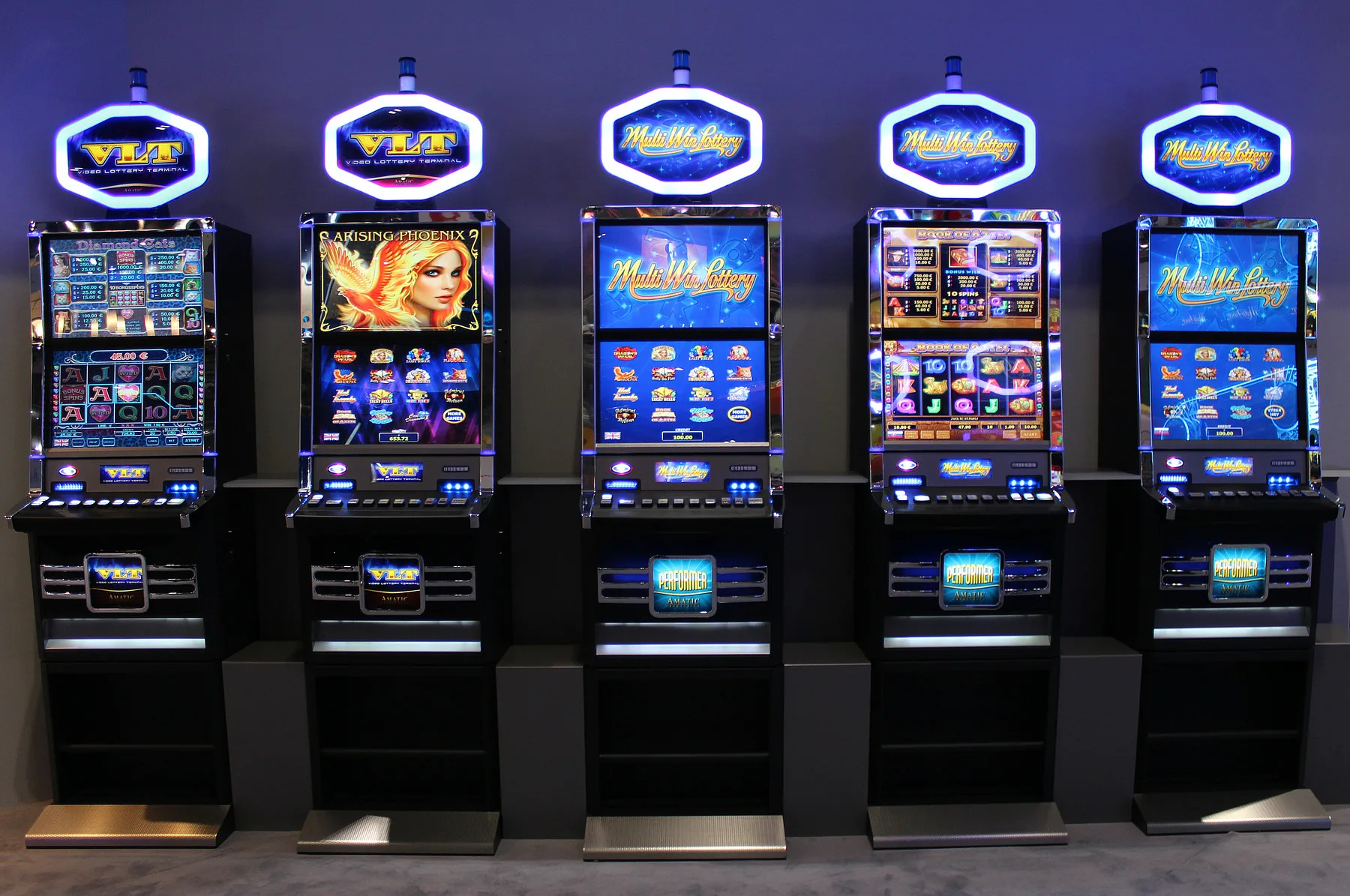The formation of the Soviet ideology largely determined the attitude towards entertainment related to money and risk. The history of casinos in the USSR was a complex process of struggle between society’s desire to gamble and the strict position of the authorities, who considered bets as manifestations of bourgeois habits.
At different times, starting from the 1920s and ending in the 1980s, the state imposed strict bans, controlled lotteries, and fought against underground establishments, shaping a unique model of the gambling industry under a planned economy.

Ideological foundations and reasons for strict restrictions in the history of casinos in the USSR
From the early years after the revolution, gambling was declared a relic of the capitalist past. In the 1920s, the authorities actively shaped the image of the new Soviet person, devoid of the desire for personal enrichment and having rejected a “parasitic” lifestyle. Any gambling in the USSR, including roulette, poker, and card games, was associated with “bourgeois morality” and opposed to the work ethic.
Such ideology directly influenced how the history of casinos in the USSR unfolded. Bets and private clubs were seen as a threat to social stability, leading the authorities to implement a policy of total control over such entertainment.
Initial bans and elimination of private establishments
In the early 1920s, all pre-revolutionary gambling houses were closed. Most of the first casinos in the USSR, which operated under the tsarist regime, ceased operations. Owners of gambling establishments were held accountable, and equipment was confiscated. The authorities sought to eliminate private gambling business in the USSR, considering it incompatible with socialist principles.
Despite this, underground clubs quickly began to reemerge. Closed societies appeared in Moscow and Sochi, where party officials and affluent citizens gathered. Thus, a dual reality was already forming in the early years, significantly influencing further development and explaining why the history of casinos in the USSR is inseparably linked to the shadow sector.
State control and “Sportloto”
By the mid-20th century, the authorities realized that completely eradicating interest in bets was impossible. In response, a system of state lotteries was created. In 1970, the brand “Sportloto” was introduced, becoming an important part of mass culture. All proceeds were directed towards sports development and social infrastructure.
The model demonstrated how the state sought to control the population’s gambling interests by creating safe and manageable formats. However, the legalization of roulette, poker, and other forms of private entertainment did not occur. This approach confirms how contradictory the history of casinos in the USSR remained, where societal interest clashed with a strict policy of restrictions.
Underground world of gamblers and swindlers
Despite the bans, illegal clubs continued to thrive, especially in major cities. In Sochi, there were closed establishments where professional dealers were hired, high stakes were placed, and poker and card games were played. For security, owners used alert systems, and clients were carefully screened before entry.
Underground networks became arenas for experienced swindlers who employed deception schemes and psychological pressure on opponents. These events shaped a unique aspect of how the history of casinos in the USSR unfolded — illegal business became part of urban culture and a constant source of conflict with the authorities.
Reasons for perceiving gambling as bourgeois evil
To understand why the Soviet leadership considered the gambling business unacceptable, it is important to highlight the main factors that influenced the state’s policy:
- viewing bets and winnings as symbols of capitalism and personal gain;
- fear of losing control over financial flows and tax evasion;
- associating gambling clubs with the pre-revolutionary aristocracy and criminal circles;
- concern that gambling addiction undermines the work ethic;
- ideological commitment to collectivism and the fight against individual enrichment.
Analyzing these factors helps to better understand how the history of casinos in the USSR was shaped and why any fascination with gambling was perceived as a socially dangerous phenomenon.
Popular formats of gambling entertainment
Despite the strict ban on gambling in the USSR, interest in it did not wane. Various forms of entertainment persisted in society, both legal and illegal:
- underground card games in apartments and hidden clubs;
- roulette and poker in establishments for the party elite;
- state lotteries, including “Sportloto”;
- unofficial street bets and totalizators;
- rare slot machines available in limited locations.
This duality created a unique contrast between public interests and state policy, defining the dynamics of how the history of casinos in the USSR unfolded.
The 1980s Era: First Steps Towards Change
By the mid-1980s, perestroika began, impacting the entertainment sphere as well. The economic crisis forced the authorities to seek new sources of income, and discussions on the partial legalization of casinos became louder. Projects of experimental halls fully controlled by the state emerged in Moscow and other major cities.
Although no major reforms took place, the mere possibility of the return of casinos marked a significant stage, concluding the main part of how the history of casinos in the USSR unfolded. Such changes laid the groundwork for the emergence of new gambling laws in the USSR after the Union’s collapse.

Conclusion
The Soviet authorities viewed gambling entertainment as a threat to collective values, opposing them to the ideology of socialism. Underground gambling, lotteries, closed clubs for the elite, and constant repression created a complex and contradictory picture of the industry’s development.
Analyzing historical processes shows that the history of casinos in the USSR was a clash of interests: the state sought to eradicate “bourgeois evil,” while society sought ways to preserve the possibility of gambling entertainment. These contradictions formed the basis for subsequent changes, which began in the new economic reality of the 1990s!
 en
en  ru
ru  de
de  ar
ar  es
es  hi
hi  nl
nl  fr
fr  it
it  pt
pt  el
el 



